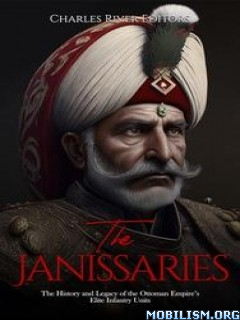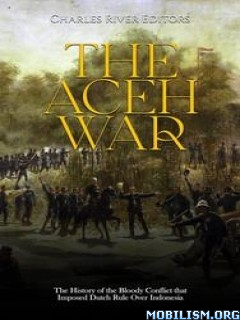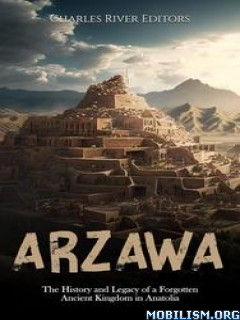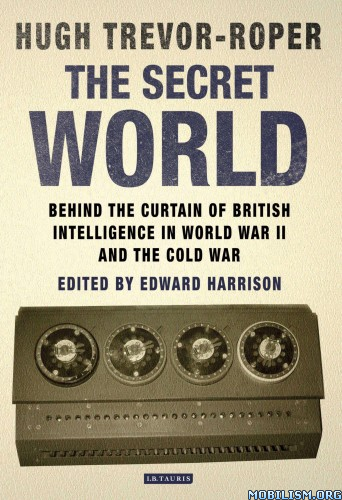Requirements: .ePUB reader, 8.88 Mb
Overview: In the wake of taking Constantinople, the Ottoman Empire would spend the next few centuries expanding its size, power, and influence, bumping up against Eastern Europe and becoming one of the world’s most important geopolitical players. It was a rise that would not truly start to wane until the 19th century.
Among those who were responsible for the projection of Ottoman power, few deserve as much credit as the Janissaries. Established by Murad I, the Janissaries became an elite infantry force that was loyal only to the sultan. Their mission was to protect only him and in battles they were always the closest to him, forming a human shield. Originally, they consisted of non-Muslim slaves, mainly Christian boys from Byzantium. Jewish boys were not taken as soldiers and Muslims could not, by law, be enslaved. Murad had instituted a tax of one fifth on all the slaves taken in war, and the idea of only taking boys fit for fighting was called Devshirme, or blood tax. The slaves went through a very strict training, first learning to speak Turkish and practicing Ottoman traditions by living with a family chosen by the sultan. The boys also were forcibly converted to Islam, forbidden from wearing a beard and lived under monastic circumstances in celibacy. They were overseen by eunuchs and trained in special schools, enhancing their personal abilities. The main difference between these and other slaves was that they were being paid for their services. This served as a motivator and kept the soldiers loyal.
The Janissaries were at first a hated institution by the subjugated Christian minorities. Rather than having their sons taken away, it happened that the parents disfigured their children so as to make them weak and unsuitable for Devshirme. But the status of the Janissaries grew, and in time, they became men of high learning and an ascetic nature, favored by the sultan. As they grew in numbers, they also became very influential in the capital and their skills as warriors made them feared far beyond the borders of the empire.
The Janissary corps was the first of its kind and a groundbreaking contributor to the success of Ottoman warfare. At the time of Murad’s reign, they were fewer and less respected than what they would become at a later stage, but they were quite significant for Ottoman victories in the Balkans, and as such, they became notorious in Europe. One of the first major battles in which the Janissaries participated occurred when Murad’s successor, Bayazid, managed to inflict a decisive defeat on a European army near Nikopol, where the Janissaries used pointed stakes and skillfully adapted to the terrain to repulse enemy knights. In general, the Janissaries were positioned at the front lines of the Ottoman army and were armed with various weapons, including bows and arrows, swords, spears, and shields. The Janissaries quickly became renowned for their disciplined formation and their ability to execute complex military maneuvers.
As the Janissaries gained importance, they became guardians of the territorial integrity of the centralized state and ensured that other military groups were loyal to the sultan. Over time, however, the Janissary units became less and less effective in conflicts with European armies, especially from the 17th century on. The reasons for the decline in efficiency also lay in the fact that, over time, becoming a Janissary was an extremely lucrative position. Therefore, many rich and influential Muslims sent their children to become Janissaries, and thanks to corruption, they avoided having the children undergo military training, so on paper, they were excellent soldiers, but in reality that wasn’t always the case. Moreover, rapid industrialization in Europe and the improvement of war techniques and weapons, including the increase in the firepower of Christian armies, meant the Janissaries no longer enjoyed technical superiority over their traditional enemies.
Genre: Non-Fiction > History

Download Instructions:
https://ouo.io/n4a9ykL
https://rapidgator.net/file/3b1367efc31 … .epub.html.




